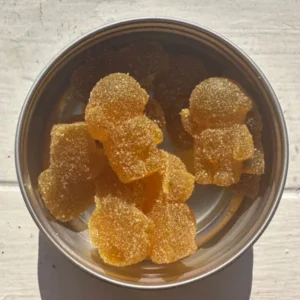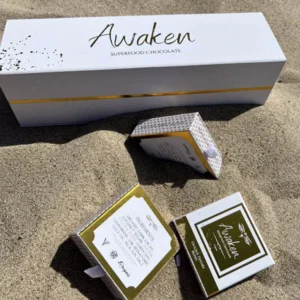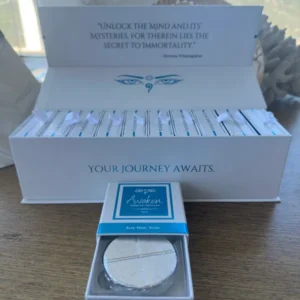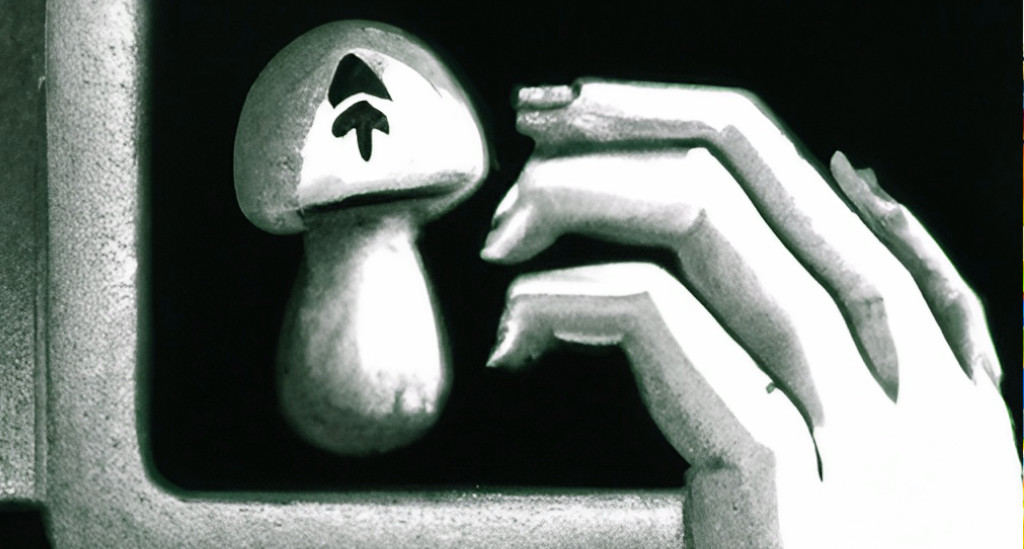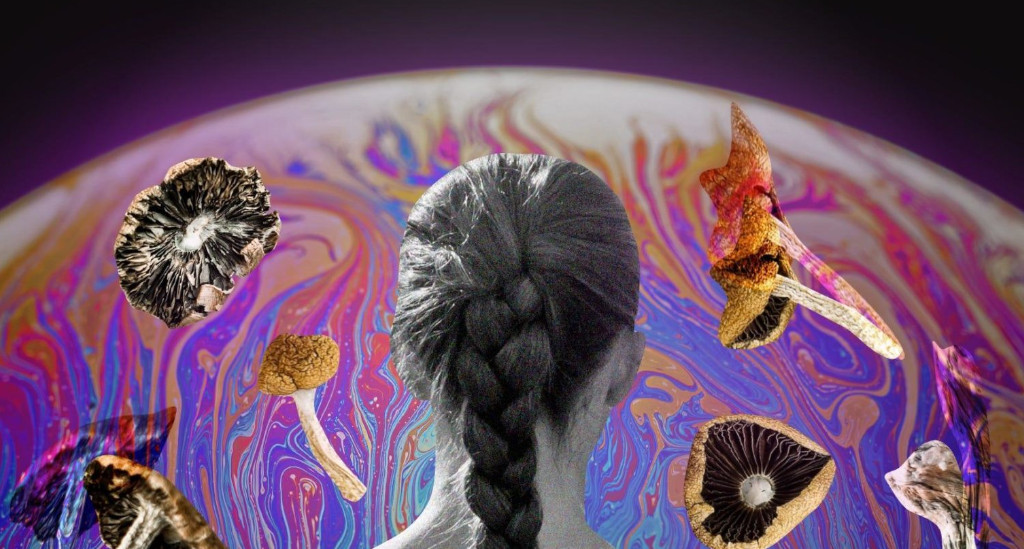Dosage Guide
Microdosing magic mushrooms has gained popularity as a potential tool for enhancing mental health and well-being. It involves taking sub-perceptual doses of psilocybin-containing mushrooms, typically every few days, to harness their therapeutic benefits while minimizing the psychedelic effects. However, it’s important to note that microdosing is not a substitute for professional medical advice or treatment. If you’re considering microdosing, it’s best to consult with a healthcare professional.
- Dosage:
- The recommended starting dose for microdosing magic mushrooms is typically between 0.1 grams to 0.3 grams of dried mushrooms. This amount is considered sub-perceptual, meaning it won’t induce significant psychedelic effects.
- To determine the appropriate dosage for your body, start with the lower end of the range and gradually increase it over time if needed. Each person’s sensitivity to psilocybin can vary, so finding your optimal dose may require experimentation.
- Schedules: There are different approaches when it comes to scheduling microdosing days and off-days. Here are two commonly followed patterns:a. Fadiman Protocol:
- Developed by Dr. James Fadiman, this protocol suggests a schedule of one microdose day followed by two days off.
- For example, you would take a microdose on Day 1, have two days off (Days 2 and 3), and then repeat the cycle.
- This pattern aims to maintain the benefits while reducing the likelihood of developing tolerance to psilocybin.
- Named after mycologist Paul Stamets, this protocol recommends a different schedule.
- It suggests taking a microdose for five consecutive days and then having two days off (e.g., Monday to Friday on, Saturday and Sunday off).
- The rationale behind this schedule is to create a consistent routine while still allowing periodic breaks.
- Benefits of Different Schedules:
- The Fadiman Protocol allows for more spaced-out dosing, potentially reducing the risk of building tolerance over time.
- The Stamets Protocol, with its consecutive dosing, aims to create a consistent routine that some individuals find helpful for integrating the benefits into their daily lives.
- Ultimately, the choice of schedule may depend on personal preferences, lifestyle, and how you respond to microdosing. Experimentation and self-observation are crucial in finding what works best for you.
Safety Considerations:
- Microdosing should not be seen as a cure-all or a replacement for professional medical advice or treatment. It’s important to consult with a healthcare professional before starting any microdosing regimen.
- Magic mushrooms, including their active compound psilocybin, can interact with certain medications, such as SSRIs, MAOIs, and other psychiatric medications. It’s crucial to avoid potential drug interactions, so discuss your medications with a healthcare professional.
- Pregnant or nursing individuals should not microdose as the effects on fetal development or breastfeeding infants are unknown.
Remember, microdosing magic mushrooms is an evolving field, and research is still ongoing to better understand its efficacy, safety, and optimal protocols. Always prioritize your health and seek professional guidance to make informed decisions.


